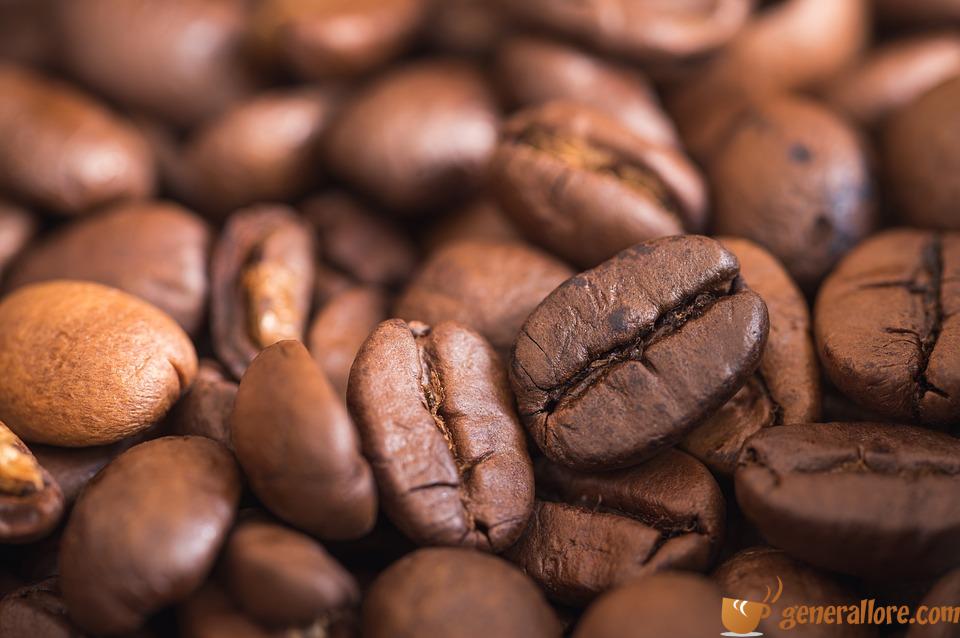The Art of Food Plating: Elevating Presentation to a Culinary Masterpiece
Introduction
When it comes to dining out, the first impression is often set by the presentation of the food. The art of food plating takes a dish from ordinary to extraordinary, elevating it to a culinary masterpiece that is not only visually appealing but also enhances the overall dining experience.
Importance of Food Plating
The way a dish is presented plays a crucial role in how it is perceived by the diner. A well-plated dish not only stimulates the visual senses but also whets the appetite, making the dining experience more enjoyable. Whether it’s a fine dining restaurant or a casual eatery, the art of food plating can make a significant difference in how a dish is received.
Creating a Memorable Experience
Through the use of various plating techniques, chefs have the ability to create a lasting impression on their guests. By carefully arranging the components of a dish, they can evoke a sense of artistry and craftsmanship that adds depth to the culinary experience. A visually stunning plate of food has the power to captivate the diner and leave a lasting impression.
Enhancing Flavor and Texture
Food plating is not just about making a dish look pretty; it also serves a functional purpose. The way a dish is plated can have a direct impact on how the flavors and textures are experienced. By strategically placing different elements on the plate, chefs can guide the diner’s journey through the dish, ensuring that each bite is a harmonious blend of flavors and textures.
Reflecting Creativity and Innovation
The art of food plating allows chefs to express their creativity and showcase their culinary skills. It provides an opportunity to experiment with different styles, colors, and arrangements, pushing the boundaries of traditional presentation and setting new trends in the culinary world.
Key Elements of Food Plating
When it comes to creating a visually stunning plate of food, there are several key elements to consider:
• Color: The use of vibrant and contrasting colors can make a dish visually appealing.
• Balance: Achieving a harmonious balance of elements on the plate is crucial for creating a pleasing presentation.
• Texture: Incorporating a variety of textures, such as crunchy, creamy, and crispy, can add depth to the dish.
• Space: Properly utilizing negative space on the plate can enhance the overall visual impact.
Conclusion
The art of food plating is a fundamental aspect of the culinary experience, as it not only enhances the visual appeal of a dish but also reflects the creativity and skill of the chef. By carefully considering the key elements of food plating, chefs have the opportunity to elevate their dishes to a level of culinary artistry that captivates and delights diners.
FAQs
1. What is the purpose of food plating?
– The purpose of food plating is to enhance the visual appeal of a dish and create a memorable dining experience for the guest.
2. How does food plating affect the dining experience?
– Well-plated food can stimulate the senses and whet the appetite, making the dining experience more enjoyable and memorable.
3. What are some key elements of food plating?
– Key elements of food plating include color, balance, texture, and space, all of which contribute to creating a visually stunning presentation.
4. Why is the art of food plating important in the culinary world?
– The art of food plating allows chefs to showcase their creativity and innovation, setting new trends and pushing the boundaries of traditional presentation.
5. How does food plating enhance the flavors and textures of a dish?
– By strategically arranging the components of a dish, chefs can guide the diner’s journey through the flavors and textures, ensuring a harmonious blend with each bite.
6. What role does food plating play in fine dining establishments?
– In fine dining establishments, food plating is an essential aspect of creating a sophisticated and elegant dining experience for guests.
7. What are some common plating techniques used by chefs?
– Common plating techniques include stacking, layering, and using decorative sauces or garnishes to enhance the overall presentation.
8. How can chefs use food plating to reflect their culinary skills?
– Food plating allows chefs to express their creativity and craftsmanship, showcasing their culinary skills and setting their dishes apart from the rest.
9. What impact does the art of food plating have on the overall dining experience?
– A well-plated dish has the power to captivate and delight diners, leaving a lasting impression that enhances the overall dining experience.
10. How does food plating contribute to the visual appeal of a dish?
– Through the use of various plating techniques, chefs can create visually stunning presentations that are not only appealing to the eye but also indicative of the quality of the cuisine being served.




